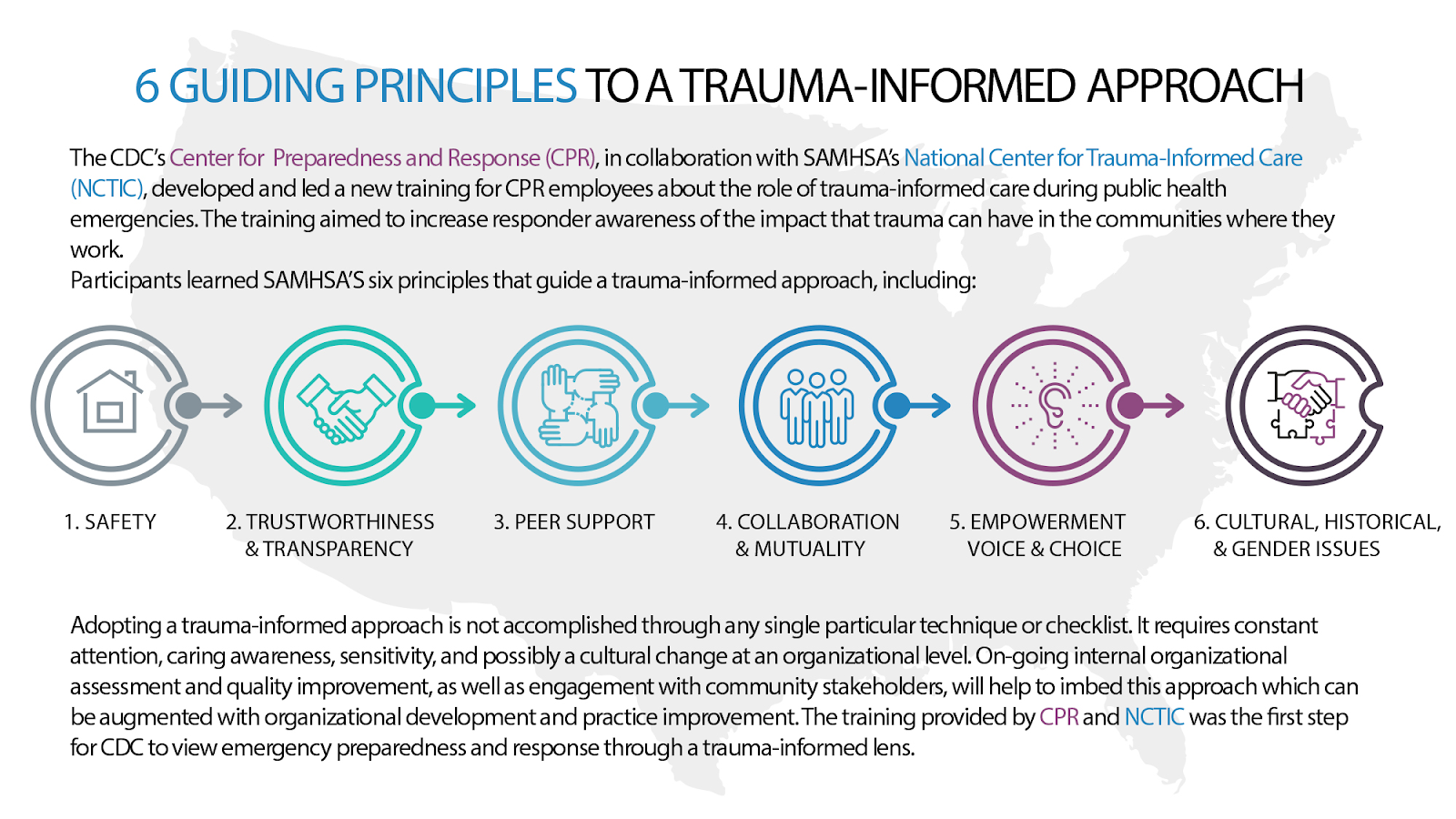10.6 Health and Wellness
10.6.1 Stressors that Impact Information Processing
Two major stressors that impact children’s ability to process information are the bandwidth tax and traumas. Bandwidth tax refers to the cognitive capacity for attention, making decisions, or planning. The bandwidth tax impacts children and their information-processing abilities when they are in a scarcity mindset, facing an unmet need that consciously or unconsciously occupies their attention (Mullainathan & Shafir, 2014; Ong et al., 2019). A need for sleep, food, safety, or even environmental comforts such as temperature or seating preoccupies the mind and makes it hard to sustain attention, process information, or make decisions. Scarcity impacts executive functions and overall ability to process information. What does this mean for middle childhood? What might this mean for students? Listen to the video clip in Figure 10.16 to hear the application of scarcity in decision-making and the accrual of disadvantages over time given this tax on bandwidth.
Figure 10.16. TEDxMidAtlantic 2011 – Eldar Shafir – Living Under Scarcity [YouTube Video].
10.6.1.1 Additional reading on the impact of poverty and scarcity over time:
https://openoregon.pressbooks.pub/humanservices/chapter/the-consequences-of-poverty/
Another stressor to information processing is trauma. Trauma can be any physical or emotional threat or harmful event that a child experiences. Traumatic experiences create both physiological and psychological responses. Any time the brain perceives a traumatic event, the stress hormone cortisol is released and triggers a primitive stress response often called fight, flight, or freeze. While this stress response is a survival mechanism, it is not preventative or determinate of how trauma will impact individuals in the future. Acute and chronic trauma are defined below and the importance of resilience in understanding the lasting impacts of trauma.
Acute trauma is a single traumatic incident that can have lasting effects. For example, a child who experiences a car accident may show fear of being in a vehicle for many years. Where acute trauma occurs once, chronic trauma is a traumatic experience that is repeatedly experienced, such as domestic violence or war. Chronic traumas also can have lasting effects. Complex trauma refers to repeated traumatic experiences that may be varied and are inflicted by a caregiver. This includes, but is not limited to, physical abuse, sexual abuse, and verbal or emotional abuse, also known as psychological abuse. Complex trauma leaves a child confused and conflicted because of the personal nature. The person who inflicted harm was supposed to be the one protecting them and keeping them safe. When that trust is violated, the child is left feeling unsafe, alone, and scared.
Experiencing trauma does not determine lasting physical or psychological impacts, however, resilience or the ability to withstand or bounce back from traumatic experiences does (APA, 2017). Promoting resilience is key to children having the tools needed to better cope with traumatic experiences and potential future traumas.
Several factors promote the development of resilience. The most critical factor is the connection of a safe and supportive adult. Additionally, helping children build confidence by providing opportunities to strengthen skills can promote resilience in the face of adversity. Beyond promoting resilience, a trauma-informed approach can support individuals who have experienced trauma. The National Center for Trauma-Informed Care along with the Center for Disease Control’s Center for Preparedness and Response, co-developed a trauma-informed public health approach guided by six principles (Figure 10.17).

Figure 10.17. Six Guiding Principles to a Trauma-informed approach.
These six guiding principles in a trauma-informed approach include:
- Ensuring physical and psychological safety.
- Transparency in decision-making and the building and maintenance of trust.
- Peer support that empowers, builds trust, and establishes safety.
- Appropriately sharing power and decision-making.
- Recognizing individual experiences and building on strengths rather than focusing on deficits.
- Leveraging the value or cultural connections as well as recognizing and addressing stereotypes and biases.
10.6.1.1.1 Optional resources related to trauma:
The organization Futures without Violence provides a video that explains the effects of trauma on the brain and provides many explanations of how one can help others who have experienced trauma:
- Changing Minds: The campaign to end childhood trauma.
- https://developingchild.harvard.edu/science/key-concepts/resilience/
- https://www.nctsn.org/
